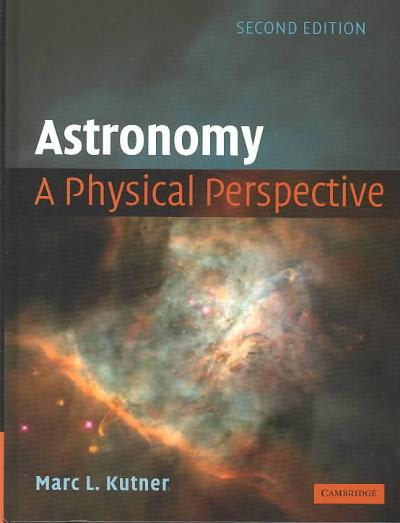Please help me to solve this problems step by step
https://phet.colorado.edu/sims/html/gas-properties/latest/gas-properties_en.html Open the link, and click on "Ideal" meaning that we will be using the "Ideal Gals Law or IGL " simulation. It will appear like this figure, yet with no molecules, temperature nor pressure in the chamber. Recall that temperature comes from individual molecular motion, and there is none yet. 300 K V Hold Constant with small handle movements and hitting the orange reset. When you O Nothing . Volume (V) . Temperature (T) have exactly 10 in the chamber, it will appear like the figure, and now Pressur . Pressure IV Pressure IT both temperature and pressure have readings. The temperature will O Width K- - -H O Stopwatch be 300 K, while the pressure fluctuates around 1.0 atmospheres, as Collision Counter the 10 molecules move and bounce randomly. + Particles We will start collecting simulation data, and doing IGL calculations here. .. The pump has a handle, and this next part is a minor challenge. Pump exactly 10 molecules into the chamber -no more and no less-and this may take repeated tries Constants are 1 atm = 101300 Pa K = 1.38x10-23 J/K PV = NKT "nano" = 1x10-9 Question 1 Number of molecules = N = 10, T = 300 K , and use P = 1.1 atm a. Calculate the pressure and volume of the chamber, P = E5 Pa, and V= E-25 m 3 b. Assume it is a cube. Calculate the linear dimension of one of its sides using V = x 3, X = E-9 m. c. Click on "Width" box, and read the value beneath the chamber, converted value = E-9 m. You will see that 1b is within about 30 % of 1c, not that far off given only 10 molecules in the chamber. Question 2 Increase the temperature. Exactly double it to T = 600 K by grabbing the sky-blue handle below the chamber, using it to heat and then cool the chamber to exactly this value. We now calculate "P". a. Use the volume from 1a., N = 10, T= 600 K, to calculate the pressure, P =. E5 Pa = atm . b. Does this agree with the range of fluctuating pressures indicated by the simulation? Yes / No. Question 3 Reset the simulation with the orange button. We have roughly verified its accuracy, at this point. Give the pump handle four full strokes, all the way up and then all the way down. You should be seeing a pressure of a little over 23 atm (indicated). a. Watch the indicated pressure, and estimate its average: P =_ atm =_ E6 Pa b. The indicated temperature is T = 300 K. Using the value of the volume from 1a., N= molecules Question 4 Leaving everything "set" as it is for Question 3 , and clicking again on the "Width box",, we are going to expand the chamber. Grab the yellow handle to its left, and pull it all the way to the left. a. The chamber has been definitely widened. Its new width is now x = nm b. Watch the indicated pressure, and estimate its average: P =_ atm = E6 Pa c. The pressure has decreased. So the volume has to have been increased, according to the IGL. Nothing else has changed, meaning the number of molecules and the temperature in the chamber. You can use the fact that volume = width x depth x height, and physics-level logic of your choice to answer the following question. Has only the width (and not the depth or height) been increased in Question 4? Yes / No







